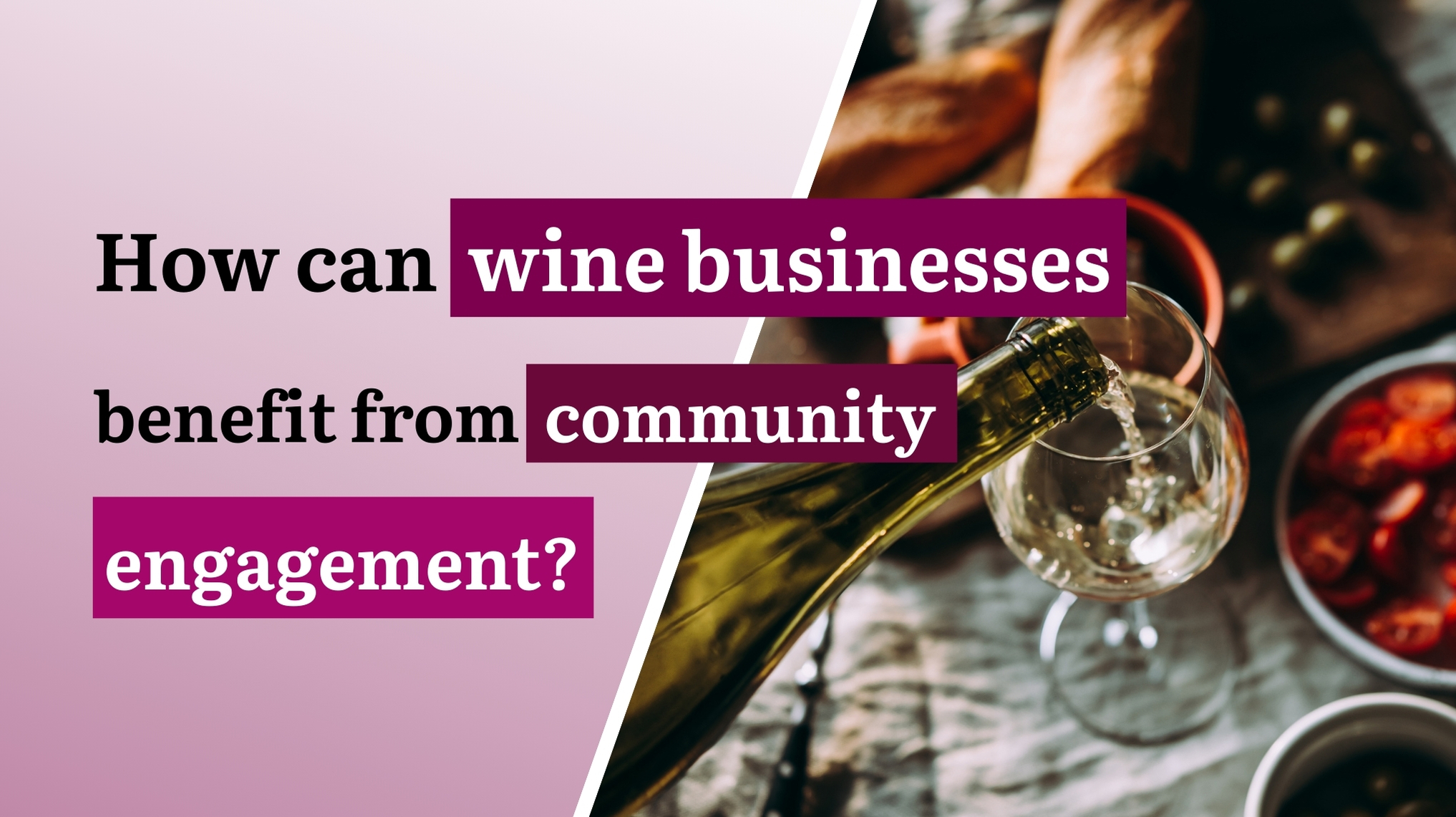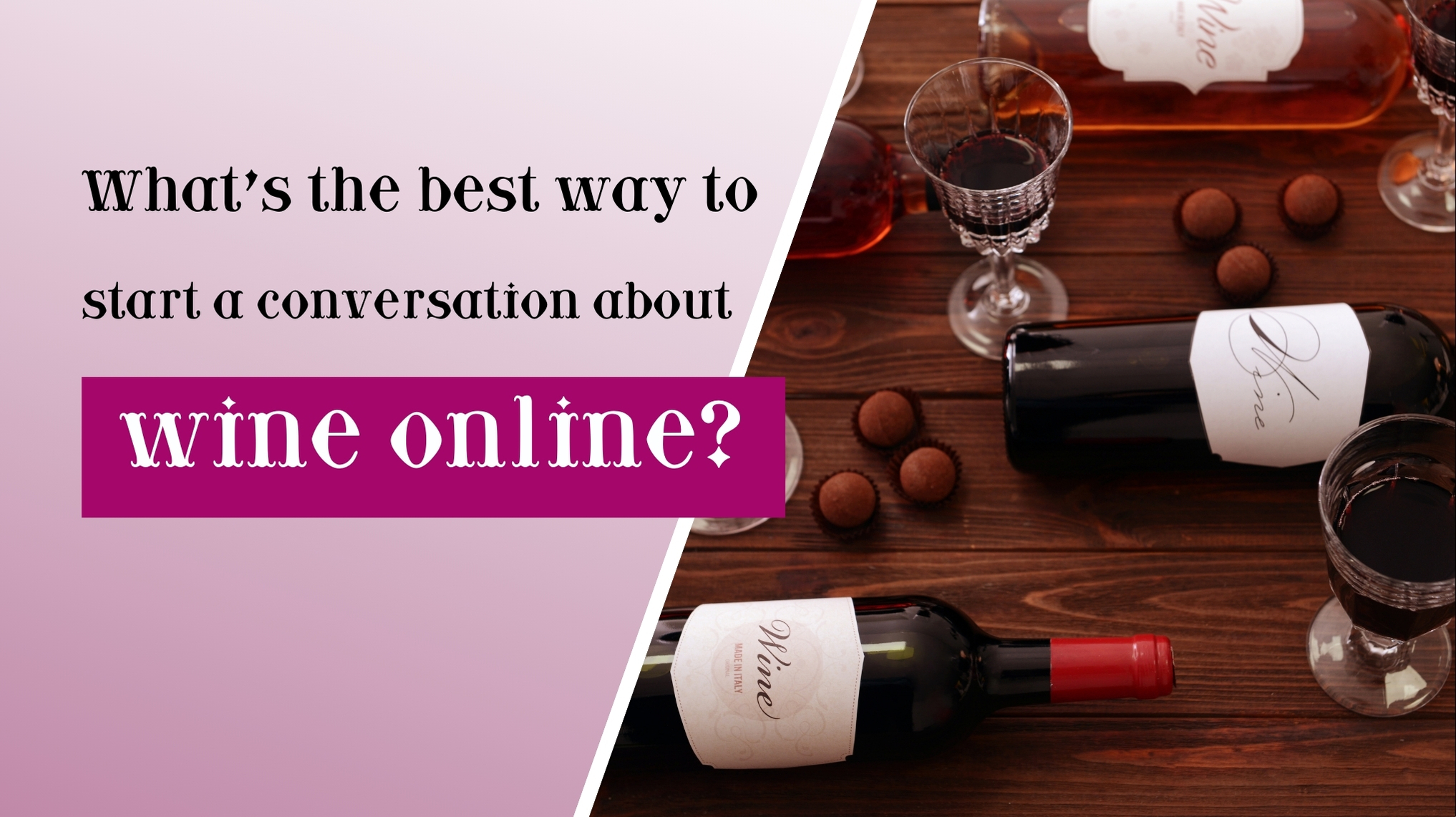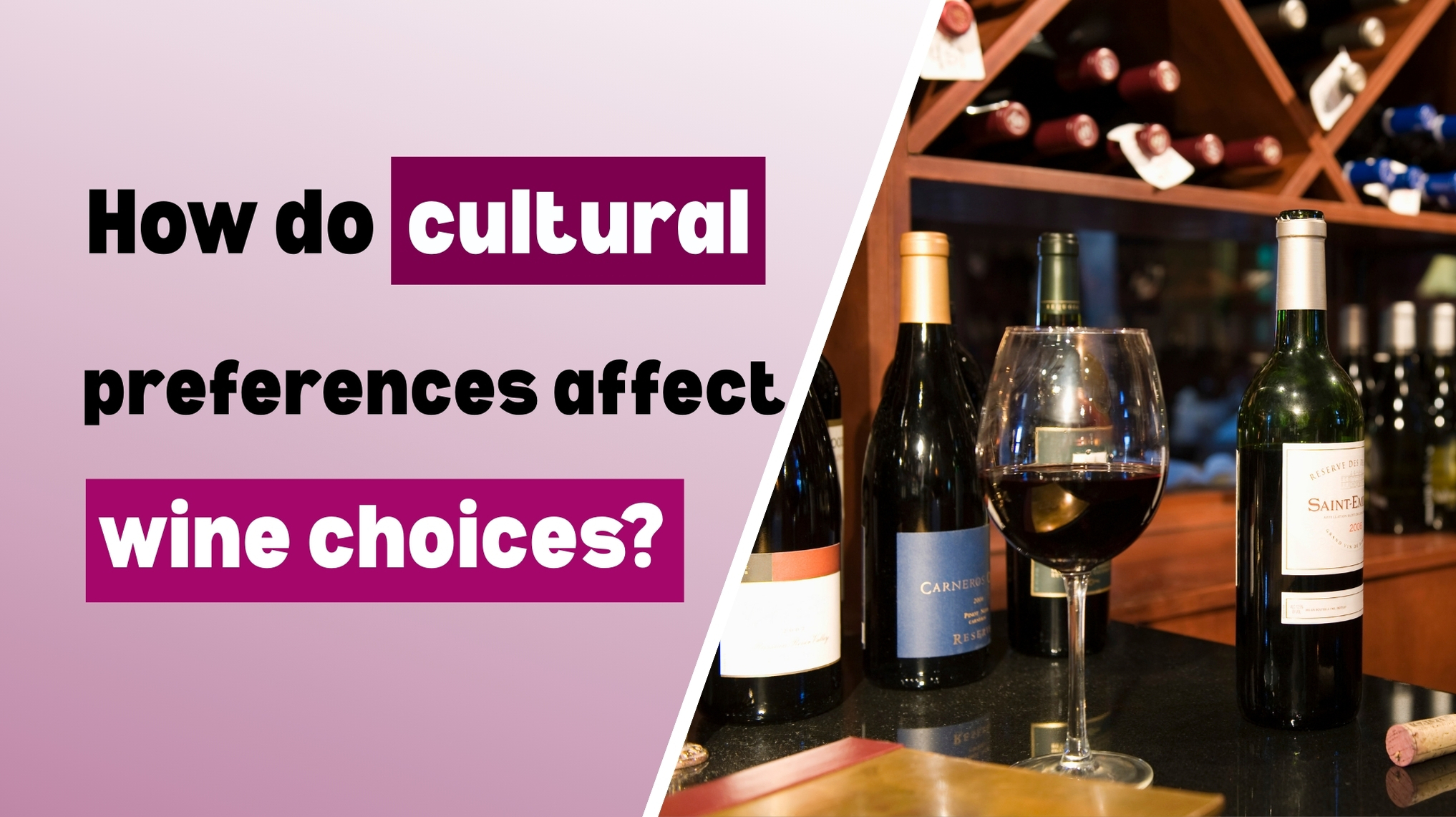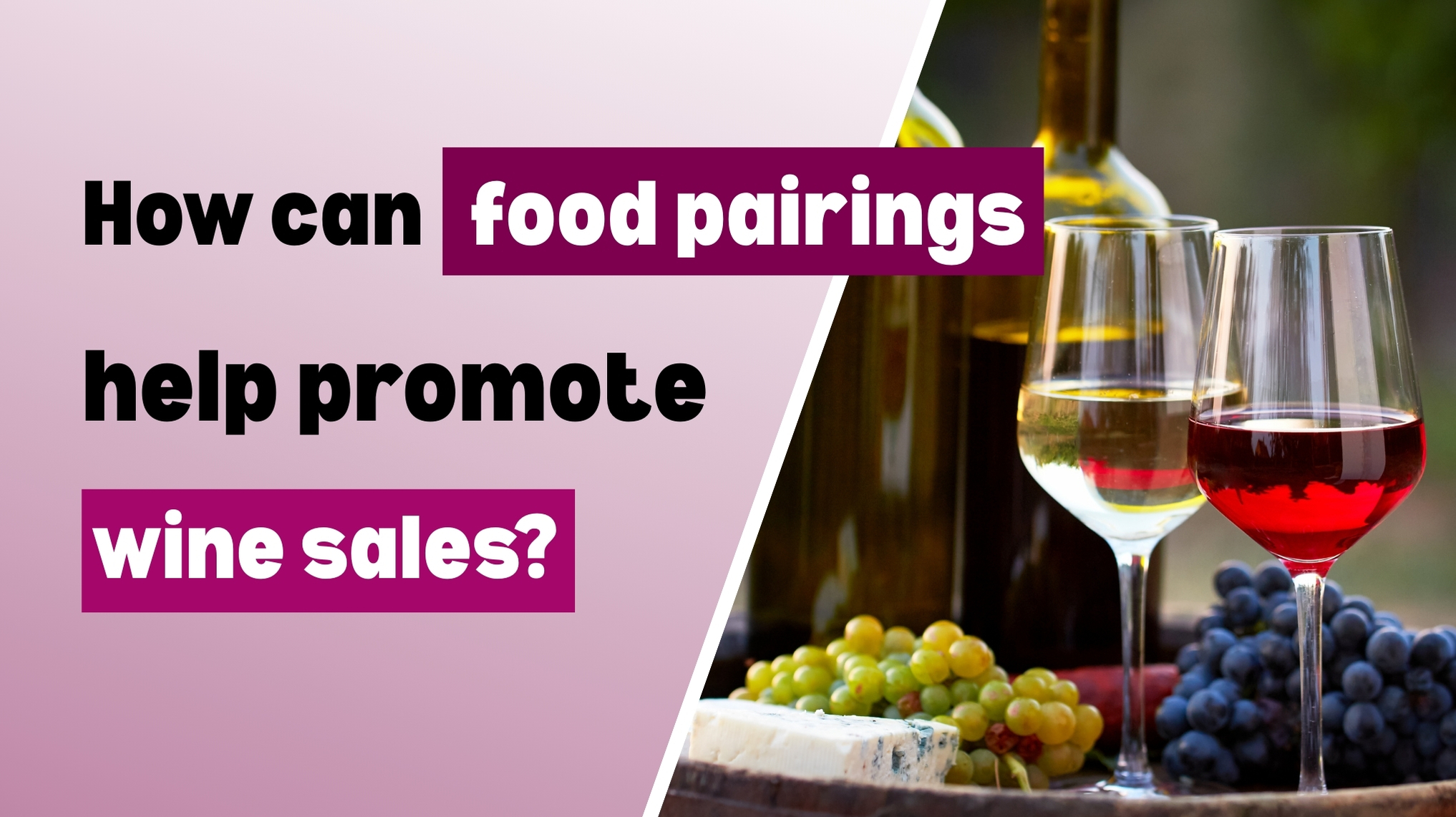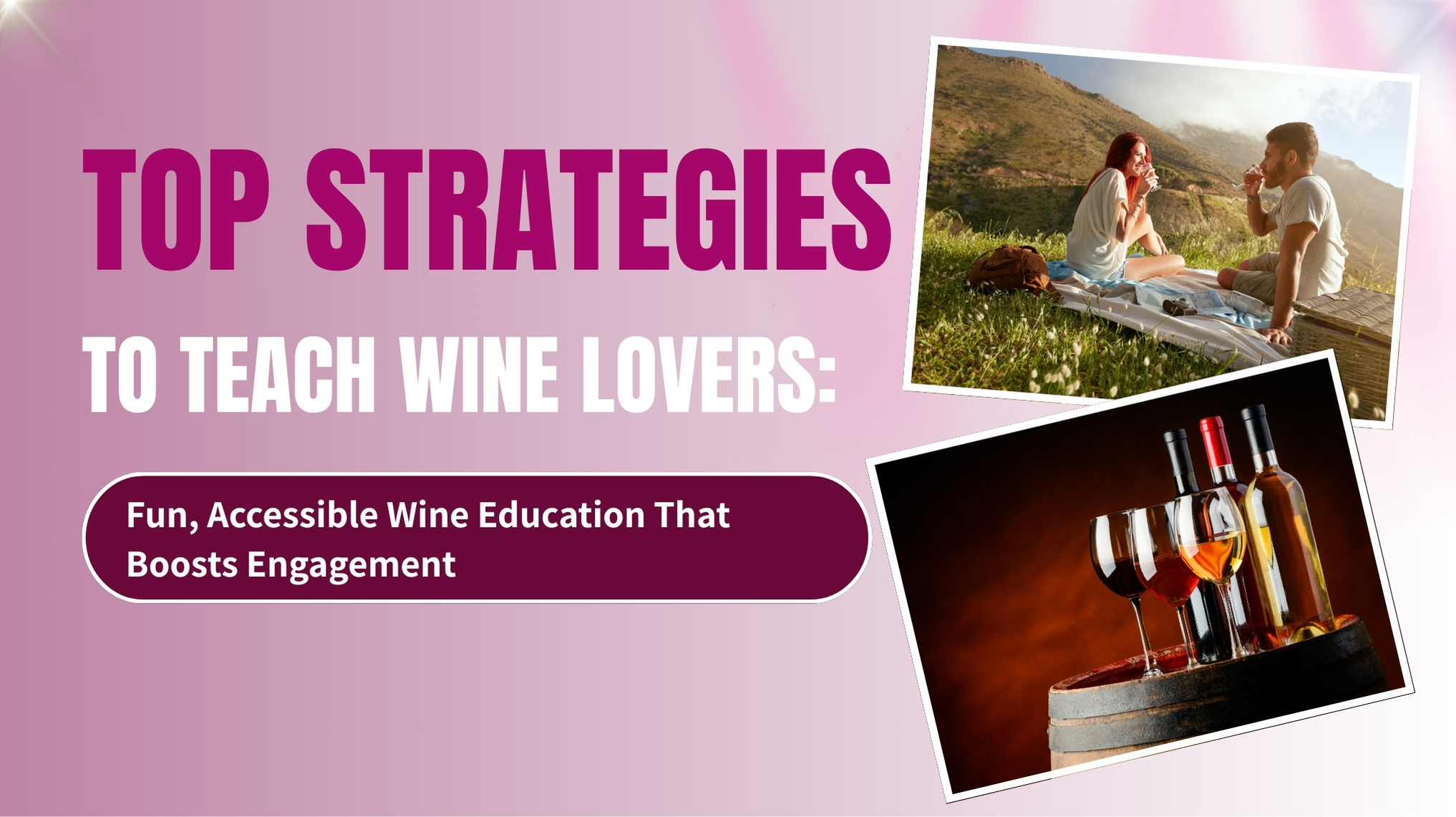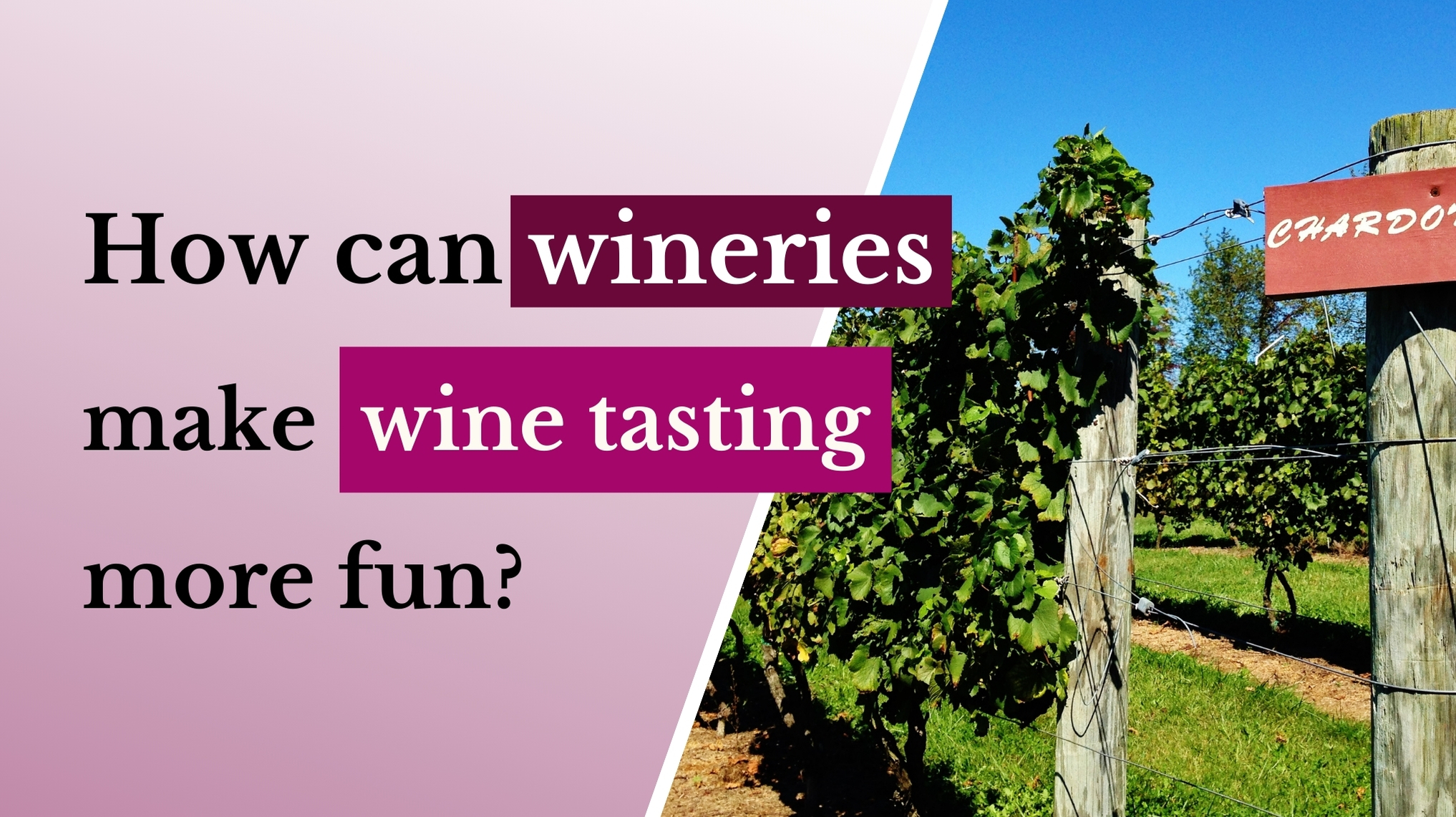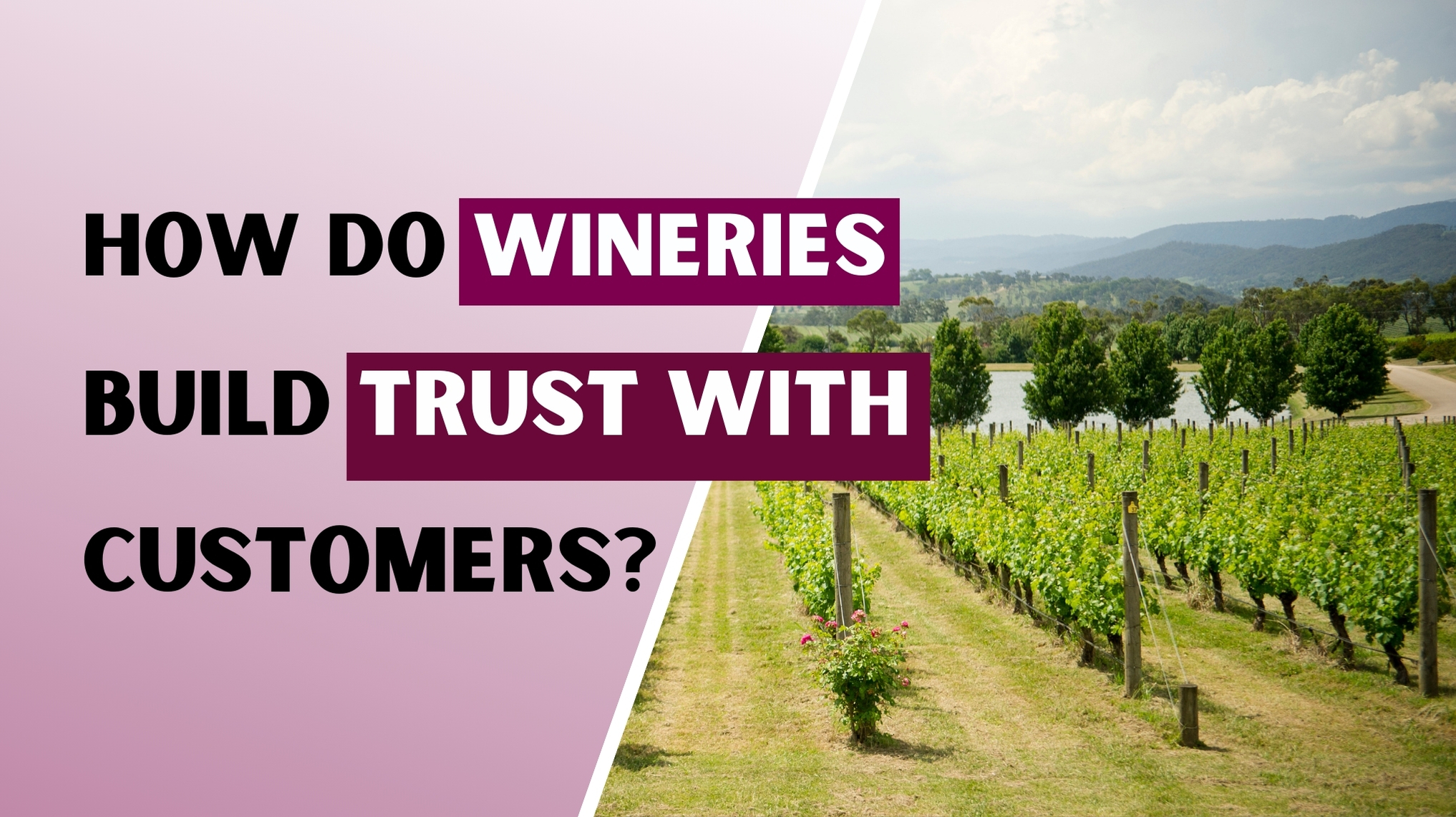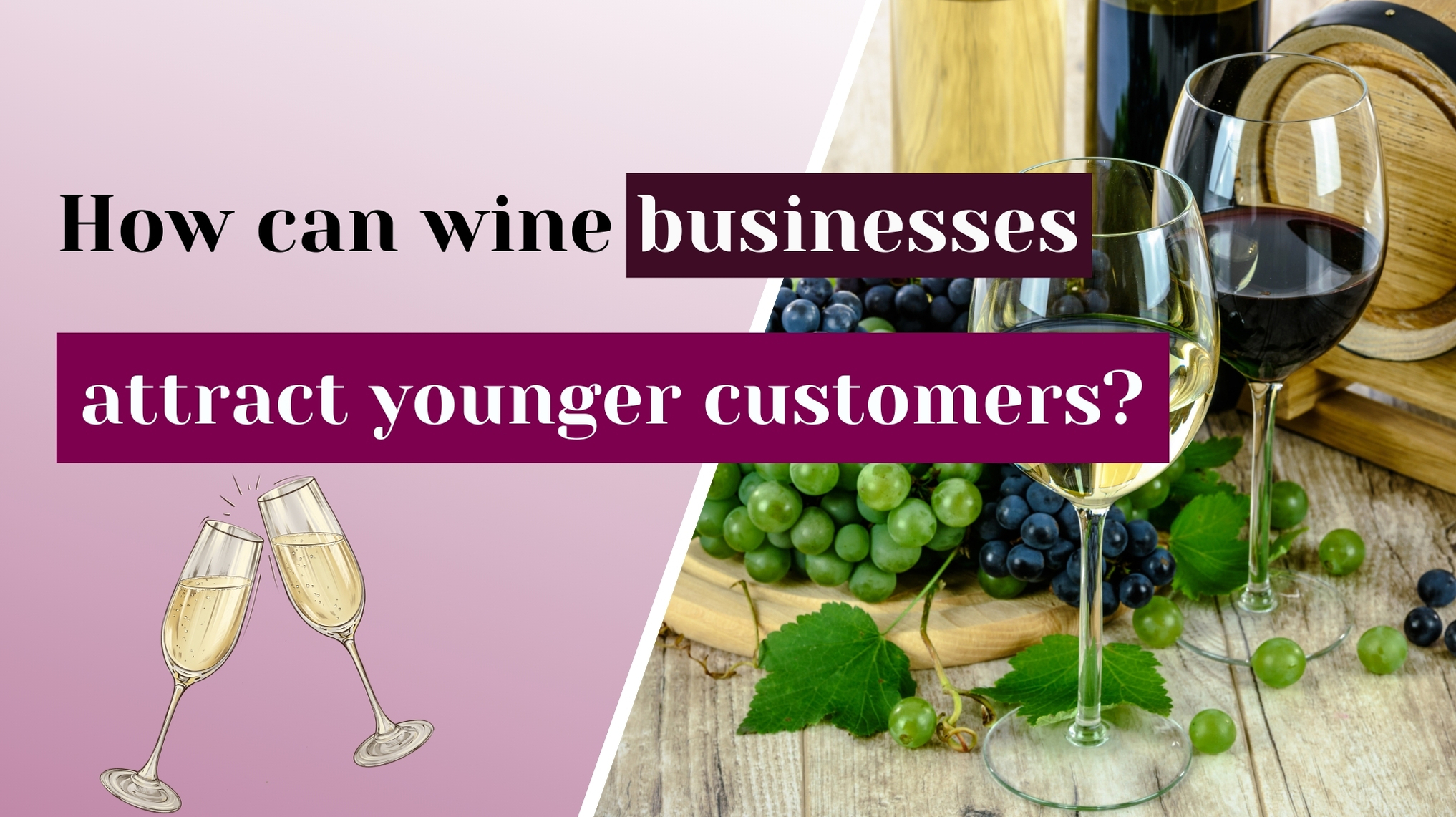Unique Ways to Introduce People to Wine in 2025
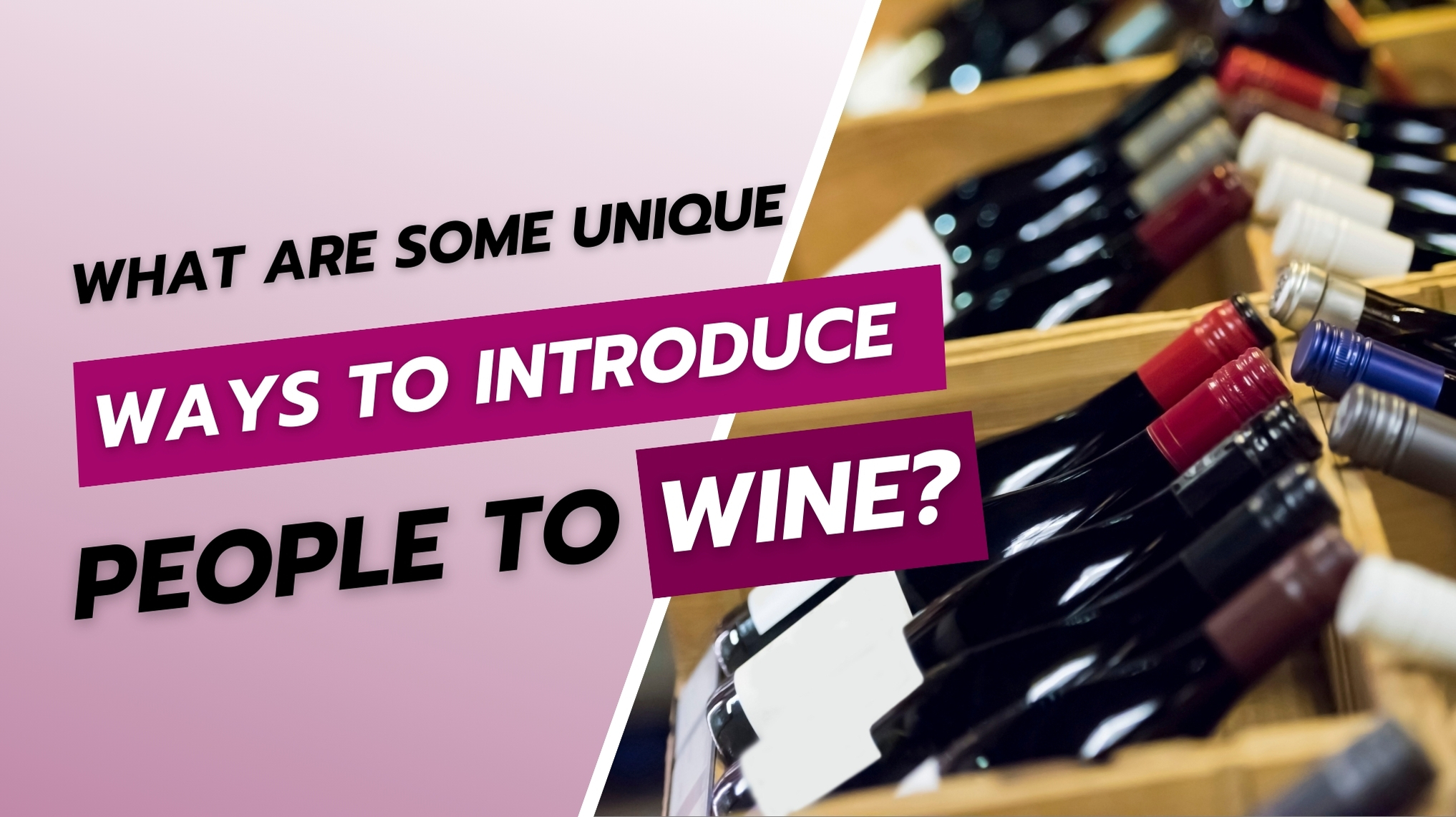
What are some unique ways to introduce people to wine?
Introduction
In today's dynamic wine landscape, introducing individuals to wine through fresh and engaging methods can ignite a lifelong appreciation and expand your customer base. From immersive hypnosis sessions to hands-on aroma kits, creative games, and hybrid virtual events, wineries are innovating beyond the traditional tasting room to connect with new audiences. This article explores a dozen unique approaches—ranging from sensory workshops and subscription boxes to art and chocolate pairings—designed to make wine approachable, memorable, and enjoyable for both beginners and seasoned enthusiasts.
Why Unique Wine Introductions Matter
Standing out in the crowded wine market requires offering experiences that resonate with modern consumers' desire for authenticity and engagement. Immersive and educational events are among the top trends shaping wine in 2025, as consumers seek both knowledge and entertainment in their tasting experiences. By moving beyond simple pours, wineries can create emotional connections that drive loyalty and positive word-of-mouth.
Experiential Tasting Methods
Hypnotic Wine Tasting
In France, a novel trend is emerging where wine enthusiasts participate in "hypnotised wine tasting" sessions. These events, led by hypnotherapist Dita-Karine Madrid in collaboration with oenologists, guide participants into light trance states to enhance sensory perception. Attendees report vivid experiences, such as feeling immersed in the wine or perceiving the taste of fresh grapes, offering a unique and immersive approach to wine appreciation.
Blind Tasting Games
Blind tasting challenges introduce an element of mystery and discovery. Guests taste from a lineup of wines without knowing their identities, then attempt to match their impressions to the correct bottles. This engaging activity not only boosts participation but also sharpens the palate, making it an excellent choice for both novices and seasoned tasters.
Wine Bingo and “Describe This Wine”
Interactive games like Wine Bingo and "Describe This Wine" encourage participants to learn about varietal characteristics in a playful setting. These formats combine tasting with light competition, making education feel effortless and entertaining, thereby enhancing the overall wine-tasting experience.
Hands-On Sensory Workshops
Aroma Kit Training
Wine aroma kits, such as the Master Wine Aroma Kit, allow participants to "train their scent memory" by smelling individual aroma vials before tasting wines. This practice builds confidence in identifying flavors and enriches every subsequent sip, making it an invaluable tool for both beginners and connoisseurs.
Food & Wine Pairing Classes
Interactive pairing classes teach the principles of matching wine to food, highlighting why certain flavor combinations work. These courses guide beginners through theory and practice, empowering them to host flawless pairings at home and deepening their understanding of wine's versatility.
Creative Themed Events
Art and Wine Fusion
Events that blend art exhibitions with curated wine tastings create a multisensory journey through visual and gustatory art. Such experiences delight both the palate and the eyes, offering attendees a unique and enriching way to explore wine.
Chocolate and Wine Pairing Parties
Pairing wines with different types of chocolate offers a delectable way to explore sweetness, tannin, and intensity. Matching bold, tannic reds with dark chocolates and lighter wines with milder confections provides an educational and enjoyable tasting experience.
Subscription and Home-Based Experiences
Wine Subscription Boxes
Curated tasting boxes deliver selections from top winemakers directly to subscribers' doors, complete with sommelier-led videos and pairing guides. These services offer convenience and discovery, making them ideal for beginners exploring diverse varietals.
At-Home Tasting Kits
Beyond aroma kits, comprehensive at-home kits can include tasting mats, flavor wheels, and journal prompts to structure the learning process. These tools facilitate creative home tastings, leveraging simple resources for maximum impact.
Virtual and Hybrid Tastings
Live Online Tastings
Hybrid events combine in-person and virtual audiences, with experts guiding both groups through comparative tastings. These sessions make team-building and learning accessible anywhere, broadening the reach of wine education.
Team-Building Wine Workshops
Organizations can integrate wine into corporate culture by hosting virtual tastings as team-building exercises. Activities such as pairing exercises, trivia, and collaborative blind tastings foster camaraderie while introducing participants to basic wine concepts.
Engaging Cross-Interest Introductions
Beer-Lover Wine Sessions
Introducing wine to beer aficionados by swapping roles—allowing each to pour their favorite for the other—bridges the gap between beverage cultures. This peer-sharing approach makes wine relatable and highlights new flavor analogies, enhancing appreciation across different preferences.
Inclusive Language Workshops
Modern tastings are moving away from gendered descriptors like "masculine" or "feminine," focusing instead on aromas, flavors, and textures. This shift toward inclusive, sensory-based language removes barriers and makes wine more approachable for all audiences.
Practical Hosting Tips
Drawing on traditional guidance—such as limiting guest counts to eight, providing palate cleansers, and serving appropriate glassware—ensures smooth events. Combining these essentials with creative twists elevates every tasting, making them memorable and enjoyable for all participants.

